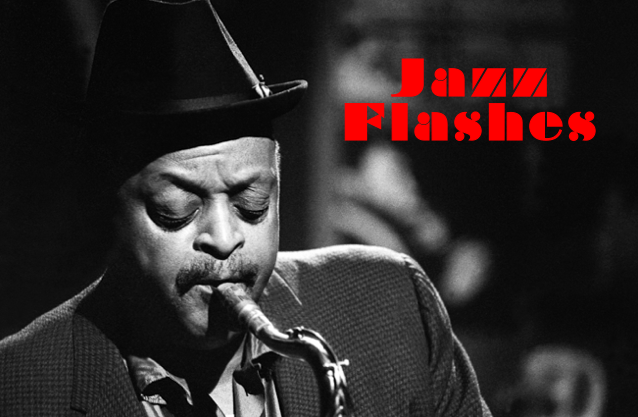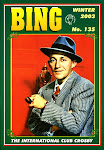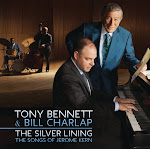
The title of this album, Jazz Great, which features tracks cut at three different sessions in New York in November 1954, is a gross understatement. Jack Teagarden was not only a jazz great: he was one of the hottest, most innovative trombone players in the history of the genre. Born in Vernon, Texas, in 1905, Teagarden thrived in many different musical settings, from one of the earliest Ben Pollack orchestras to Louis Armstrong's All-Star combinations. As a matter of fact, he was one of Armstrong's most beloved sidemen, and both men's improvisational and comedic skills are brought to the fore in many an All-Star version of Hoagy Carmichael's "Rockin' Chair." But Teagarden also led his own big band (whose success, unfortunately for him, could be described as more artistic than financial) and recorded with a variety of small groups throughout his career.

By 1954, he had left Armstrong's organization and was leading a series of small combos usually comprised of friends who happened to be among jazz's finest musicians. These recordings, originally released by the Bethlehem label, are good examples of this type of small combinations and feature excellent sidemen like trumpeter Jimmy McPartland, bassist Walter Page, drummers Jo Jones and Ray Bauduc, and clarinetist Edmond Hall, all of whom are in fine form here and take plenty of fresh-sounding solos. Even jazz critic Leonard Feather, who is listed as the producer, sits in on piano on three of the selections, which adds to the uniqueness of these sessions.
The material is split between dixieland standards ("King Porter Stomp," "Original Dixieland One Step," "Riverboat Shuffle") and blues tunes ("Davenport Blues," "Bad Acting Woman"). The latter provide a good opportunity to showcase Teagarden's very personal approach to the vocal art: as he had shown in classic recordings such as "A Hundred Years from Today" and "Stars Fell on Alabama," he was a very accomplished vocalist, with a unique, blues-tinged voice that sounded exciting precisely because of Teagarden's easy-going delivery. Mr. T sounds relaxed and very convincing on the bluesy selections heard here, one of which, "Meet Me Where They Play the Blues," was penned by TV personality Steve Allen.

After waxing these sessions, Jack Teagarden would go on to record for Capitol and Verve before his untimely death in 1964, even appearing with Louis Armstrong in a lengthy portion of the excellent documentary Jazz on a Summer's Day, filmed at the 1958 Newport Jazz Festival. Teagarden is among that rare class of musicians who never made a bad record, and in my opinion, these 1954 sessions rank as some of his best. They are undoubtedly a fine introduction to his music, a great place to get acquainted with his incomparable artistry. After you hear the tracks on this CD, I am sure that you will not only agree that Mr. T was truly a jazz great, but you will also feel the urge to start hunting for his earlier classic sides.

Videos
DARK EYES
ROCKIN' CHAIR
JACK ARMSTRONG BLUES
THAT'S A PLENTY
BASIN STREET BLUES












































